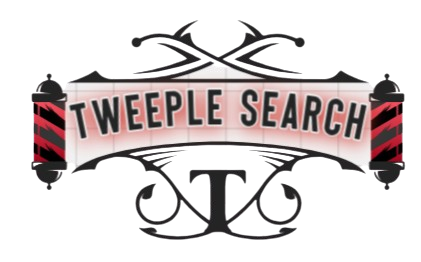Certain of the software are used by less-social social media managers in hopes of being practical and creative, scheduling software like Buffer or Hootsuite are perfect for consistency, and design software like Adobe Express, or Canva are the go-to default of instant attention-grabbing graphics.
You may also require image editing tools. For instance, if you wish to feature something or an object in a post, then you may crop the background of image objects. Clean images may therefore significantly beautify a feed with competitive content.
The other tools that will provide you with the same are Google Analytics, Meta Business Suite, or Sprout Social, which provide you with all that information about how your content is performing on each of these platforms. Understanding your tools—and how to get the most from them—is par for the course.
Building Your Own Online Presence
If you are going to get your hands dirty marketing somebody else’s brand, better have one of your own first. If you are going to work, freelance, or influencer, you are going to have to be online. You don’t need to have 100k followers but you simply need to have a professional, active, and interactive presence on the top channels like TikTok, Instagram, or LinkedIn.
Count your profile as a portfolio. Call up different types of content: Reels, carousels, live streams, or thought-leadership pieces. Even small details—like knowing how to remove background from picture posts to make your visuals pop—can elevate your feed.Be shape-consistent and shape-consistent, and you win big time on the brownie points, and your own profile lets you experiment and test things out.
The Importance of Niche and Voice
With a house full, yell clear and loud from the heart with your voice and you will be heard above the multitudes. Want to discuss sustainability, technology, money, or health? Choose your subject and stick with it.
Your task has been done to perfection. Your tone will come naturally from your tone and values—snappy, fact-based, funny, or hip. Companies and employers need employees with the tone skill and adaptability to audience. Writing within your specialty is an excellent way to become expert at it.
Networking and Collaboration
Social media is social, and do not overlook networking. Network, engage with people in your market, comment on other people’s posts, follow groups, and attend online events. The sole exception is the majority of business opportunities, partnerships, or freelancing. The rest depends on some type of exchange and give-and-take sharing.
Try to engage with micro-influencers or businesses you admire and provide value—a pitch for content ideas, a re-tweet, or partnership. It is most often about relationships that fuel career development.
Staying Current in an Industry That Evolves Daily
Social media evolves daily. Yesterday’s new hotness can be so last week next week. Algorithms shift, new platforms arise, and mindsets change. One must constantly learn to remain in the loop.
Take part in web tutorials, forums, and trade blogs where ideas are exchanged. Get ahead by learning something for real—how to make an A/B test on Instagram or how to drag the background of layers on a photo editing website—so that your knowledge is current and your content competitive.
Finding Job Opportunities and Freelance Work
Use of social media is pervasive in small and large companies. Career boards such as LinkedIn, Indeed, or specialty boards like Working Nomads or We Work Remotely list jobs each day. Do not overlook seeking freelance work or contract on Upwork or Contra.
Collect a portfolio or media kit of your most notable work, i.e., your personal projects. The employer isn’t concerned you earned some money—what concerns the employer is what you’re able to give. If you did the above on an Instagram for a business, or have a niche audience on TikTok with compounding growth—be proud of it.
Common Challenges and How to Overcome Them
Burnout, content burnout, and imposter syndrome are all so common in social media careers. It’s a career by definition that undermines work-life balance—especially when your measure of success is being perpetually “on.”
Set boundaries, get your content in advance, and step away from the apps when needed. Automate where possible and offload tasks where possible. Remember that behind every hit post is a process—and no one produces phenomenal content 24/7 without breaks.
Conclusion
AR, AI, and interactive media are revolutionizing the social media landscape. Technology is the enabler. Virtual influencers are just one among them, or human-augmented brand-named AR face filters or brand-named AI-generated content.
Even some of those skills that were once master no-go zones, like ones for, uh, reading context from photoposts or applying smart filters, have become de rigueur in a day’s work now. The more that you’re able to take advantage of new tech and output differently as a result, the better off you’re likely to be in the long term.
Social media isn’t plan B—it’s a living, breathing career that takes drive, creativity, and skill. If you’re creating content, monitoring performance, or helping brands build substance-based relationships, your career can be incredible.
It will never be flash in the pan, but with determination, constant learning, and dedication to digital storytelling, you can have a successful niche in this living community.






